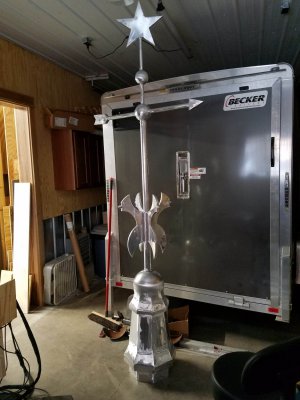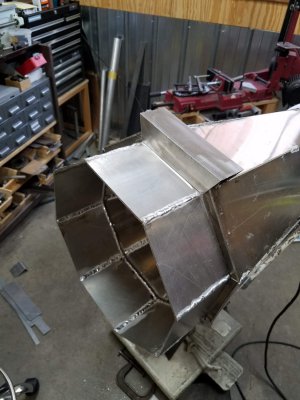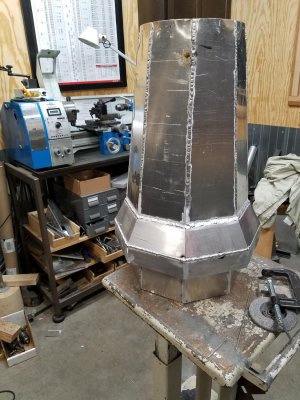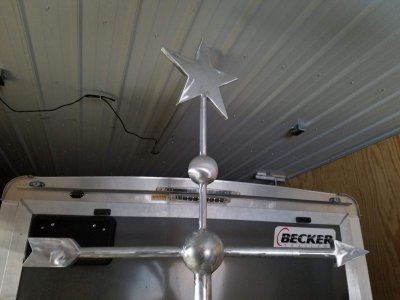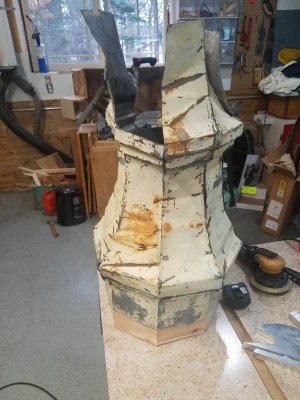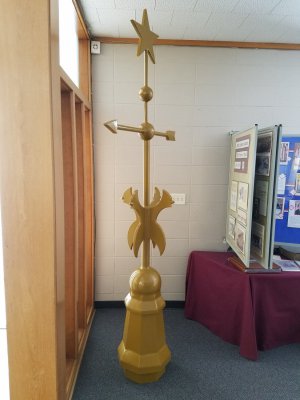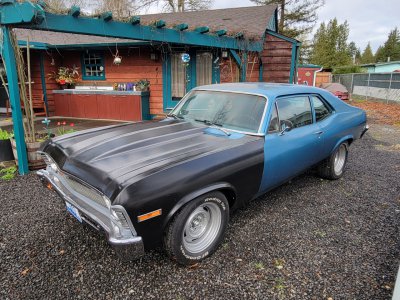- Joined
- Jul 5, 2014
- Messages
- 2,776
I've got a everlast powertig 200 dx. https://everlastwelds.fi/english/products/PowerTig200DX.html
I've been taking a welding class and using a miller syncrowave at school. Just before the end of the class for the quarter the instructor had me try aluminum. For the most part it went pretty well. I found out it can go bad very quickly and start to ball up. I found it way easier to use the syncrowave than my everlast.
I'd not tried aluminum on my everlast until a couple of weeks ago. I'm using some 3/16" x 3" x 14" long 6061 aluminum parts for practice. It's been vary hard to get the welder set to even run a bead. I was going to attach a pic of my control panel, but unfortunately it's hard to get a pic to be able to see all the settings I have. I'm at 130 amps and pulse is on, post flow it set low to save gas, at this point I'm not concerned about the end of weld.
The problem I'm having and the questions I'm asking is do I need a water cooled torch? I can do about a 4 " bead and then the next one beside it is way overheated. The weld is sunken in and looks like crap. I turned the plate 90 deg and it goes a lot better with a shorter weld length. I didn't have this problem with the syncrowave.
Will a water cooled torch help this? I can put a water cooler and a new torch on for around $500.
And as I said getting the everlast set to work has been a real pain. I saw this lincoln on a ritchie bros auction close to me. I can't tell if it's since phase 220v or not. I'm wondering if it would be easier to use given a lot less extra settings to mess with then the welder I have now. Like I said the syncrowave at school was way easier. I could buy it and sell the one I have now.
Or, is all this my fault and just don't know what I'm doing that's causing the problem?
I've been taking a welding class and using a miller syncrowave at school. Just before the end of the class for the quarter the instructor had me try aluminum. For the most part it went pretty well. I found out it can go bad very quickly and start to ball up. I found it way easier to use the syncrowave than my everlast.
I'd not tried aluminum on my everlast until a couple of weeks ago. I'm using some 3/16" x 3" x 14" long 6061 aluminum parts for practice. It's been vary hard to get the welder set to even run a bead. I was going to attach a pic of my control panel, but unfortunately it's hard to get a pic to be able to see all the settings I have. I'm at 130 amps and pulse is on, post flow it set low to save gas, at this point I'm not concerned about the end of weld.
The problem I'm having and the questions I'm asking is do I need a water cooled torch? I can do about a 4 " bead and then the next one beside it is way overheated. The weld is sunken in and looks like crap. I turned the plate 90 deg and it goes a lot better with a shorter weld length. I didn't have this problem with the syncrowave.
Will a water cooled torch help this? I can put a water cooler and a new torch on for around $500.
And as I said getting the everlast set to work has been a real pain. I saw this lincoln on a ritchie bros auction close to me. I can't tell if it's since phase 220v or not. I'm wondering if it would be easier to use given a lot less extra settings to mess with then the welder I have now. Like I said the syncrowave at school was way easier. I could buy it and sell the one I have now.
Or, is all this my fault and just don't know what I'm doing that's causing the problem?
Lincoln 225 Mobile TIG Electric Welder | Ritchie Bros. Auctioneers
Lincoln 225 Mobile TIG Electric Welder
www.rbauction.com



